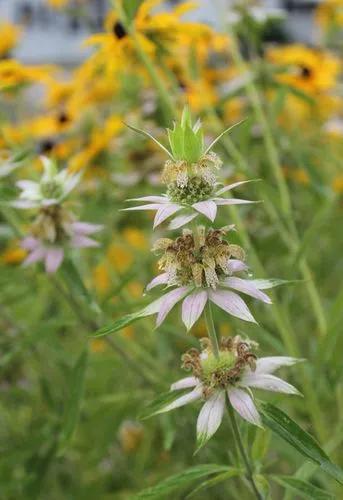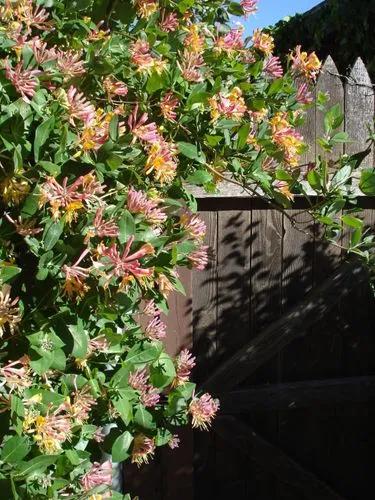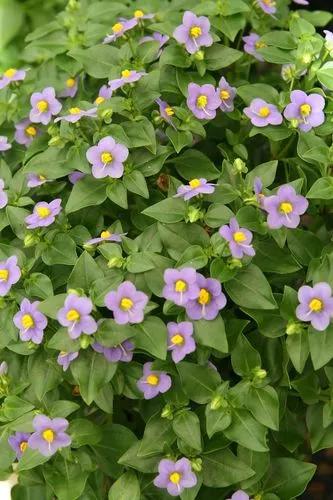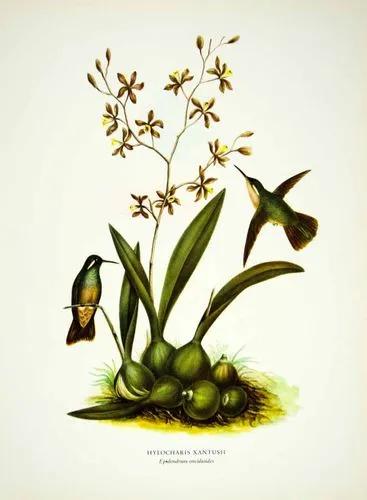Plumbago zeylanica is an evergreen, scrambling, multi-stemmed shrub, about 1.5 m tall, with slender branches that are climbing, prostrate or erect, which can grow up to 1.5 or even 2 m long. The leaves are about 50 × 30 mm, pale green above and greyish underneath, arranged alternately on the stems.
Plumbago Zeylanica Care
Plumbago Zeylanica



How to Care for the Plant

Water

Keep the plant moist for the first couple of weeks after planting. Once established, much less watering is required.

Pruning

Trim to keep confined to planting area and to encourage branching. The plants can be formed and managed as a low hedge, or allowed to grow as a free form low shrub in larger areas

Sunlight

A stick of the plant is placed in the thatch of huts to ward off lightning.

Additional

This active moiety has also been reported to possess significant cytotoxic activity, as demonstrated in in vitro experiments conducted with keratinocytes[7] and pancreatic cancer cells. Plumbago zeylanica L. usually referred to as Ceylon leadwort, doctor bush and wild leadwort, is one of the well-known herbal plant. It also named as chitramula and chitrak in Ayurveda. Chitrak is a perennial herb cultivated in shady places in the garden for its brilliant inflorescence

Popularity

96 people already have this plant 15 people have added this plant to their wishlists
Discover more plants with the list below
Popular articles






